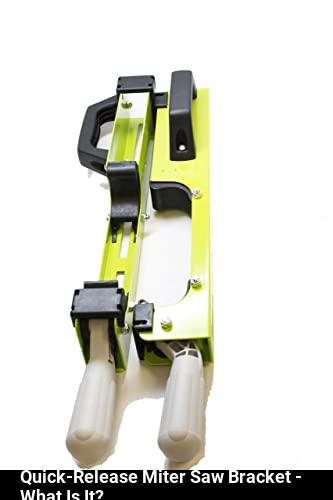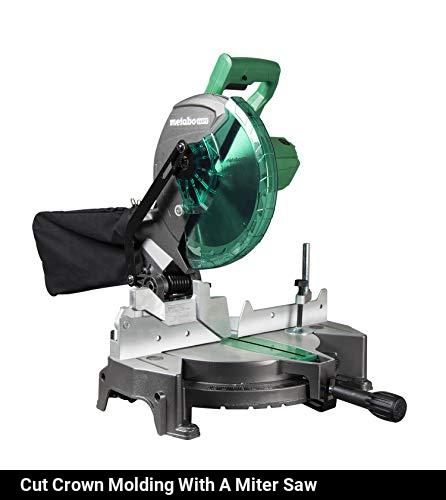Beautiful Plants For Your Interior
Beautiful Plants For Your Interior

Miter saw for flooring.

A quick-release miter saw bracket is a tool attachment that allows you to quickly and easily mount your miter saw on a surface or table. It provides stability and support so that you can make accurate cuts.

Yes, a miter saw can be used to cut crown molding. It is an ideal tool for making angled cuts, which are usually required when installing crown molding.

A hold-down clamp on a miter saw is a device that secures the material in place while the saw is in use. It helps to provide a safe and accurate cut.

Yes, a miter saw can be used to cut laminate flooring.

A positive bevel stop on a miter saw is a mechanism that limits the maximum angle of the miter saw's blade for accurate, repeatable cuts.

A miter saw is designed to make quick, accurate angled cuts, while a table saw is meant for more precise, straight cuts. The table saw is larger than the miter saw and requires a larger workspace.

A soft start on a miter saw is when the saw motor starts slowly and gradually increases to full speed. This helps reduce strain on the motor and can help improve accuracy on the cut.

A 10-inch sliding compound miter saw has a blade that is 10 inches in diameter, while a 12-inch sliding compound miter saw has a blade that is 12 inches in diameter. The larger blade on the 12-inch saw can cut through thicker material than the 10-inch saw.

Yes, a miter saw can be used to cut plastic. Make sure to use the right blade and ensure that your saw is set to the correct speed.